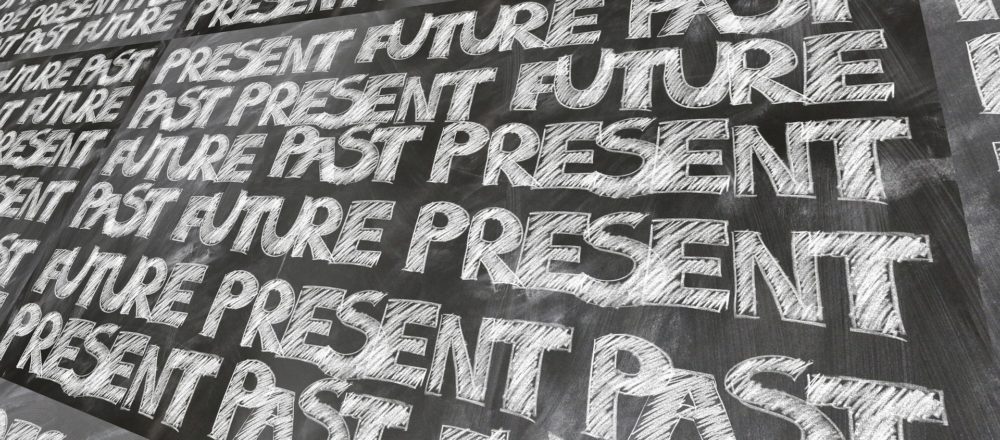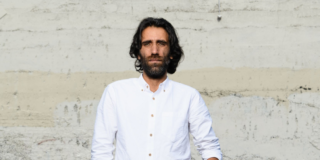Offshore detention. Over nearly two decades, no two words have plagued Australian politics as doggedly as these. Through the machinery of border politics, they have become a Mason-Dixon line between what is lawful and what is permissible.
At the end of May, an Essential poll revealed that 53% of interviewees disagreed with the statement “The government is too tough on asylum seekers”. Leaving aside the subtle work of the heuristics, which operate behind poll propositions, what is most striking about such results is that they come despite the recent revelations of the Nauru Files – the damning findings of a second Senate inquiry in April – and the consistent indictment of detention conditions by major human rights bodies.
For the large dissenting minority, the language of protest has become increasingly strident. It has now become commonplace to compare the system of offshore detention to concentration camps. Journalist and lawyer, Richard Ackland, has called them “latter-day gulags”. Yet such attempts have consistently failed to break through into public opinion or policy, and it is worth reflecting on why.
Part of the answer lies in two different but interrelated kinds of problems. The first has to do with the pall cast by the Holocaust over other forms of atrocity. Undeniably, the photographs that emerged from the liberation of Bergen Belsen and Auschwitz have marked the Holocaust as the iconic nadir of horror, and defined how we think about concentration camps in general. Monochrome footage of Muselmänner, piles of corpses and crematoria are among the most widely circulated and recognisable of all Holocaust imagery.
As Holocaust historian Dan Stone has acknowledged in his book Concentration Camps: A Short History (2017), the attempt to historicise the Holocaust “is a kind of horror”. It diminishes the suffering of both victims and survivors. And it is this moral quandary that stymies historical analysis and engenders the second problem: because the evolving purpose, nature and conditions of concentration camps throughout history have remained largely unscrutinised, comparative claims are all too easily dismissed by governments as leftist rhetorical manoeuvres without evidence, and deplored by memory custodians as an attack on history itself. In short, the phrase “concentration camp” refuses to overwhelm the more euphemistic “regional processing”. The risk of this type of thinking is that unless it looks like Auschwitz, it doesn’t warrant our moral attention.
What emerges from Stone’s concise but timely scholarship, is that the history and contemporary use of concentration camps is heterogeneous.
Few scholars would today argue that the Nazi camp system – or what Buchenwald survivor David Rousset has called l’univers concentrationnaire – was sui generis. Stone reminds us that the first concentration camps originated in three locations at the turn of the twentieth century: the Spanish-American war in Cuba, the Philippine-American war, and the Anglo-Boer War in South Africa. Konzentrationslager were also used by German colonial forces during the Herero-Nama War in 1907 and again in 1921 to hold ‘unwanted foreigners’ – primarily, Jews from Eastern Europe.
What emerges from Stone’s concise but timely scholarship, is that the history and contemporary use of concentration camps is heterogeneous. “The fact is”, writes Stone, “there is no simple definition of concentration camps; rather, they exist on a continuum of carceral practices, including detention centres…”. Nevertheless, his working definition identifies “an isolated, circumscribed site with fixed structures designed to incarcerate civilians.” Add to this harsh conditions and the suspension of legal norms – characteristics identified by the US Holocaust Memorial Museum – and one arrives at the essence of the concentrationary.
For the Third Reich, the camps served different purposes at different times. Five major camps – Dachau, Sachsenhausen, Buchenwald, Flossenburg and Mauthausen – were constructed between 1933 and 1938, primarily to detain political dissidents and so-called ‘asocials’. This fact alone belies our need to see Auschwitz or Belsen as the camp rather than a limit case. As historian of the camps Nikolaus Wachsmann reminds us, the point is that the early camps were the products of institutional and ideological forces, which we can understand, and they exhibited features that we can recognise today.
On 19 June 1901, almost exactly 115 years ago, journalist Emily Hobhouse wrote an account for The Guardian of conditions in one of the world’s first concentration camps at Bloemfontein, South Africa during the Boer War. Of that camp, which held 2000 people, she wrote: “On wet nights the water streams down through the canvas and comes flowing in, as it knows how to do in this country, under the flap of the tent, and wets the blankets as they lie on the ground. While we sat there a snake came in…very poisonous, so they all ran out, and I attacked the creature with my parasol.” Her account also details the scorching heat outside and the oppressive heat within; the vicious sandstorms; the flies that “lay thick and black on everything”, all features of an “exile camp” which was two miles from the nearest town.
“Every tent observed had at least one leak, and bedding and clothing [were] soaked or at least damp. Rain also comes in through the entrance due to the difficulty in properly closing the tents. When the camp floods, water flows from the walkways into tent entrances almost completely surrounding some tents with up to a foot of water.”
Now compare Bloemfontein with this eye-witness description of Nauru RPC in 2012, which appears in Madeline Gleeson’s magisterial book, Offshore: Behind the Wire on Manus and Nauru: “Every tent observed had at least one leak, and bedding and clothing [were] soaked or at least damp. Rain also comes in through the entrance due to the difficulty in properly closing the tents. When the camp floods, water flows from the walkways into tent entrances almost completely surrounding some tents with up to a foot of water.” Those same tents were reportedly “infested with insects and rats, with little privacy or room to move between the camp stretchers that served as beds. They took a battering from the fierce tropical storms and floods…”
Reports from Manus RPC have been worse. “At night the families shared their tents with rats and cockroaches, lizards and spiders, scorpions and crabs”, writes Gleeson. Numerous detainees, routinely referred to by their boat identification numbers, have testified to being isolated in the notorious ‘Chauka’ unit, threatened with rape and deportation, given only rations of bread and water, removed in the dead of night, and suffering all manner of untreated health conditions. Such testimonies confirm another feature of the concentrationary universe: a bureaucratic structure designed chiefly to dehumanise. With the near-total removal of these camps from public visibility and accessibility, the universe is complete.
The narratives used to mobilise public fear of asylum seekers are timeworn, simplistic and contradictory.
If we are able to legitimately draw a line from Bloemfontein to the early Nazi camps to Nauru or Manus Island, it is because each performs a generic political and psycho-social function. The camp has always been designated as a space for social cleansing which sublimates collective social anxieties and cordons off their perceived cause. At its most rudimentary, the concentration camp enables the nation-state to expunge unwanted or threatening social elements from the body politic. In the case of contemporary Australia, that element is the asylum seeker.
The narratives used to mobilise public fear of asylum seekers are timeworn, simplistic and contradictory: asylum seekers are queue-jumpers (read: cheats), a security threat (read: terrorists); economic migrants (read: liars/job-snatchers); illiterate (read: welfare burden). In reality, around 70% of boat arrivals are granted refugee status and research suggests that refugees bring labour and skills which stimulate the economy. Nevertheless, these expurgatory narratives continue to circulate with pernicious effect.
It was Holocaust survivor, Primo Levi, who wrote in his last book ‘The Drowned and the Saved’ that “[m]any signs lead us to think of a genealogy of today’s violence that branches out precisely from the violence that was dominant in Hitler’s Germany.” And if we turn even further back, that same genealogy becomes clearer and more compelling.
The risk of comparison is always that it may become equation. By interrogating the ways in which diverse histories are also contiguous, we may avoid that pitfall, and ensure that this barbarous lineage ends now, with us.





